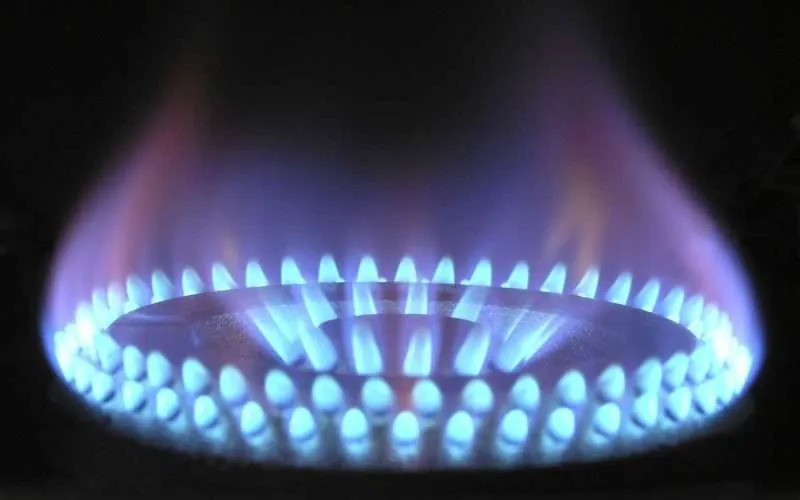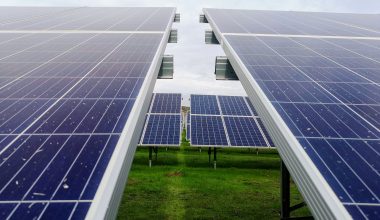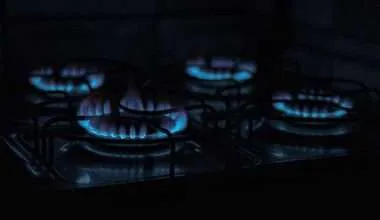Table of Contents Show
Fossil fuels are the major cause of massive Carbon Dioxide emissions.
Their use is one of the major reasons of air pollution. This leads to various health issues like shortness of breath, wheezing, and asthma.
Sometimes the air we breathe could be so heavily polluted as to even cause early deaths!
Although fossil fuels heavily release carbon dioxide and cause massive amounts of air pollution, not all of the fossil fuels pollute the environment or damage health in the same way.
An example of such a fuel is natural gas; a type of fossil fuel which produces relatively clean and efficient energy.
Natural Gas has reduced air pollution and causes limited health issues than other fossil fuels.
What is Natural Gas?
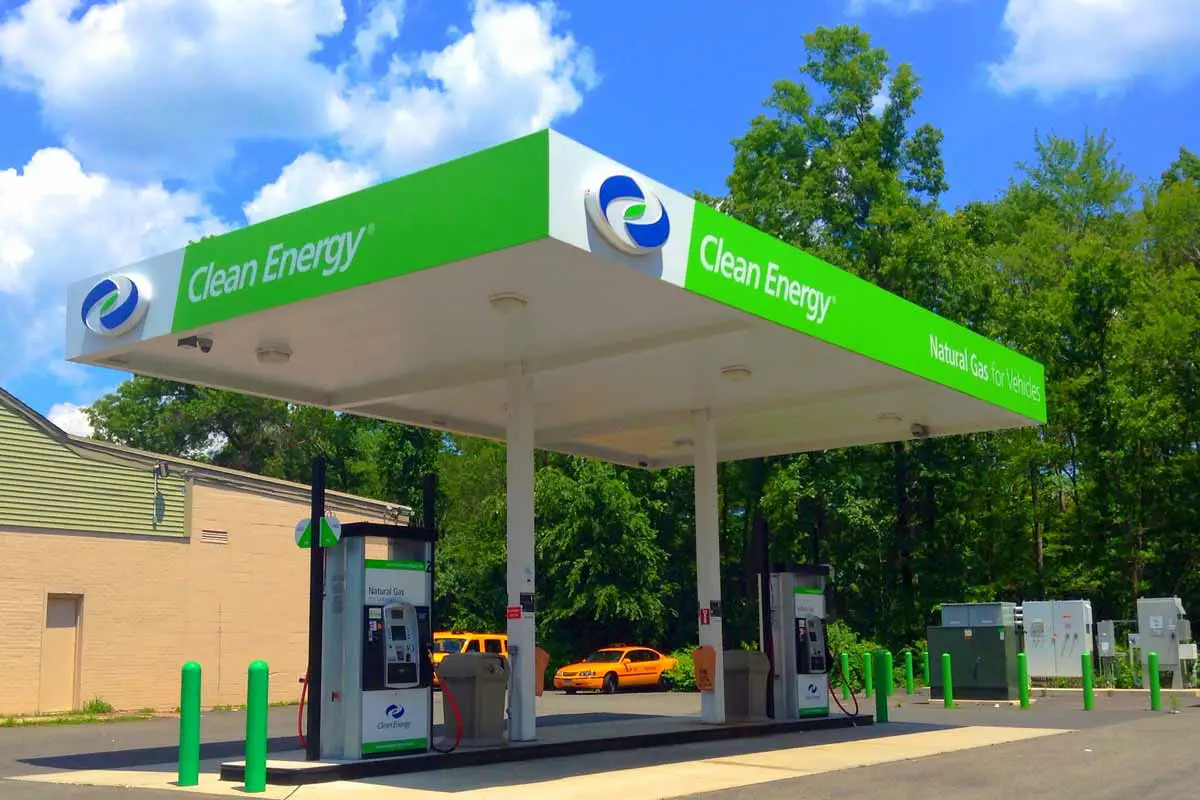
Natural Gas is primarily Methane (CH₄), a hydrocarbon made up of one molecule of carbon and four molecules of hydrogen.
Natural gas is a fossil fuel similar to coal and oil. It was formed from dead plants and microorganisms which sunk to the bottom of the oceans and swamps and started to slowly break down (decompose).
With further heat and pressure, these organisms were converted to gas over millions of years.
Natural gas is trapped underground inside a rock known as “Cap Rock” and stays underground until the natural gas is extracted.
Types of Natural Gas
Natural gas can be categorized into dry and wet natural gas.
Dry natural gas only contains methane. Wet natural gas also contains ethane, butane and propane which can be separated to produce different products.
Natural gas as an energy source
Although natural gas is a fossil fuel like the previously mentioned coal and oil, the advantage that it has over the other fossil fuels is the amount of useful energy it can produce.
It is said that about 90% of useful energy can be produced and delivered to consumers.
However, just like the other fossil fuels, it is also a non-renewable energy resource. It is estimated that current reserves of natural gas will last for up to 35 years.
Benefits of Natural Gas
Natural gas is considered a vital source of energy. Its production of low carbon and high energy conversion rate is what makes it shine out from the rest of the fossil fuels.
Natural gas is trapped in reservoirs underground in the form of either dry or wet natural gas as previously explained.
The most advantageous thing is that it burns very smoothly leaving behind absolutely no ashes making it one of the cleanest fossil fuels.
In terms of carbon dioxide emission it leads to the least air pollution. Natural gas emits 117 pounds per million BTU (British Thermal Units) carbon dioxide compared to oil (170 BTU) and coal (200 BTU).
As the world is gradually leaning towards renewable energy resources through various technological advancements and scientific research studies, we can utilize natural gas as a source of energy in the meantime.
This is because of its reduced impact on the climate and pollution.
It also contributes significantly less to the greenhouse effect than other fossil fuels due to its previously mentioned low carbon dioxide emission.
Natural gas has the ability to be liquefied. This not only reduces the storage capacity of the substance but also leads to cleaner and more efficient energy generation.
Fracking Process for Natural Gas
I do feel Ive gone into more technical bits of the process, here’s a more simpified version if you feel confused.
The general issue with fossil fuels is their extraction. Similarly, it is very difficult to extract natural gas as well.
In this process the first step is to find a site which has a vast reserve of natural gas.
Where is Natural Gas found?
Natural gas is trapped underground hundreds of meters below the earth surfaces and requires drilling to be extracted.
The site can be found anywhere in the world! (as long as it consists of a vast amount of natural gas)
Below is a map of the World showing proven Natural Gas reserves!

Next Step: Drilling!
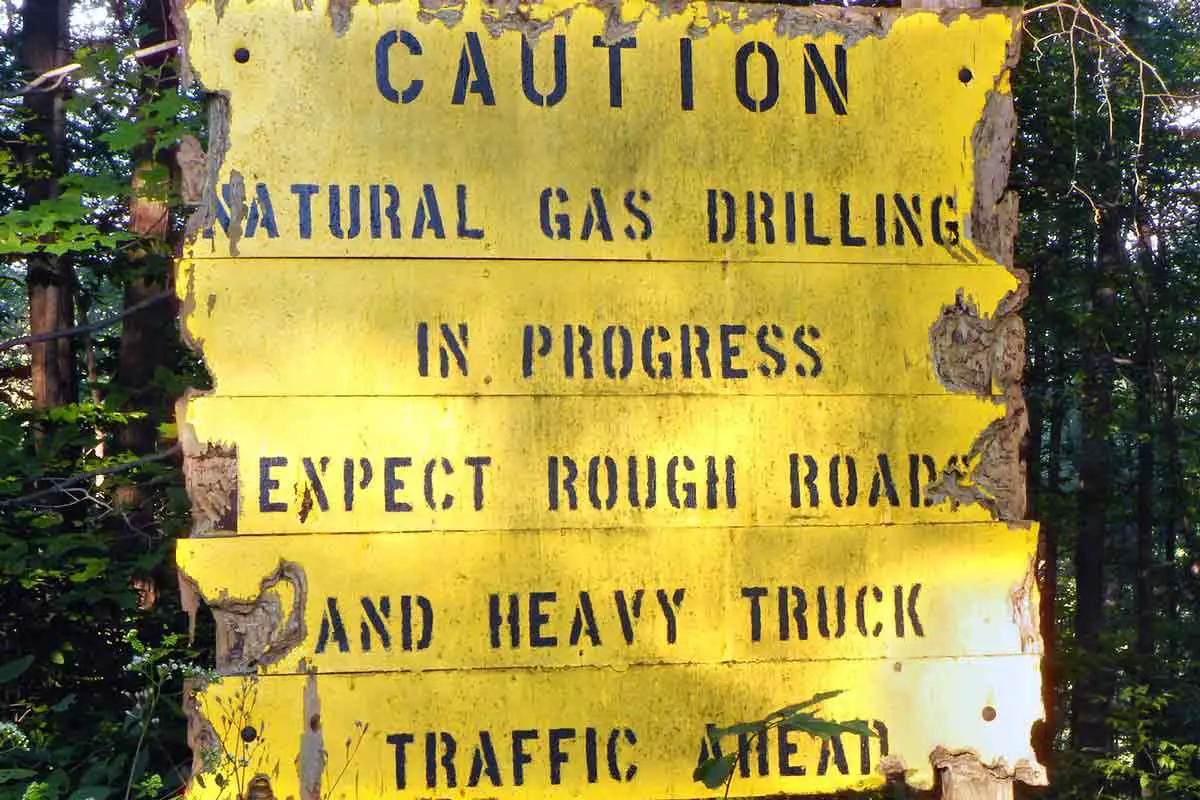
A long vertical hole is built deep underground passing many layers of the ground. This is known as a “wellbore“.
It reaches its so-called ‘kick off point’. This is the depth (about 2000-3000 meters) where natural gas is. Hence, we can now start drilling horizontally.
The horizontal drilling is done on the black layer, also known as “shale rock layer”. The layer goes on for more than 1.5 Kilometers!
A perforating gun makes small inch-long holes into the wall of the well and into the rock layer.
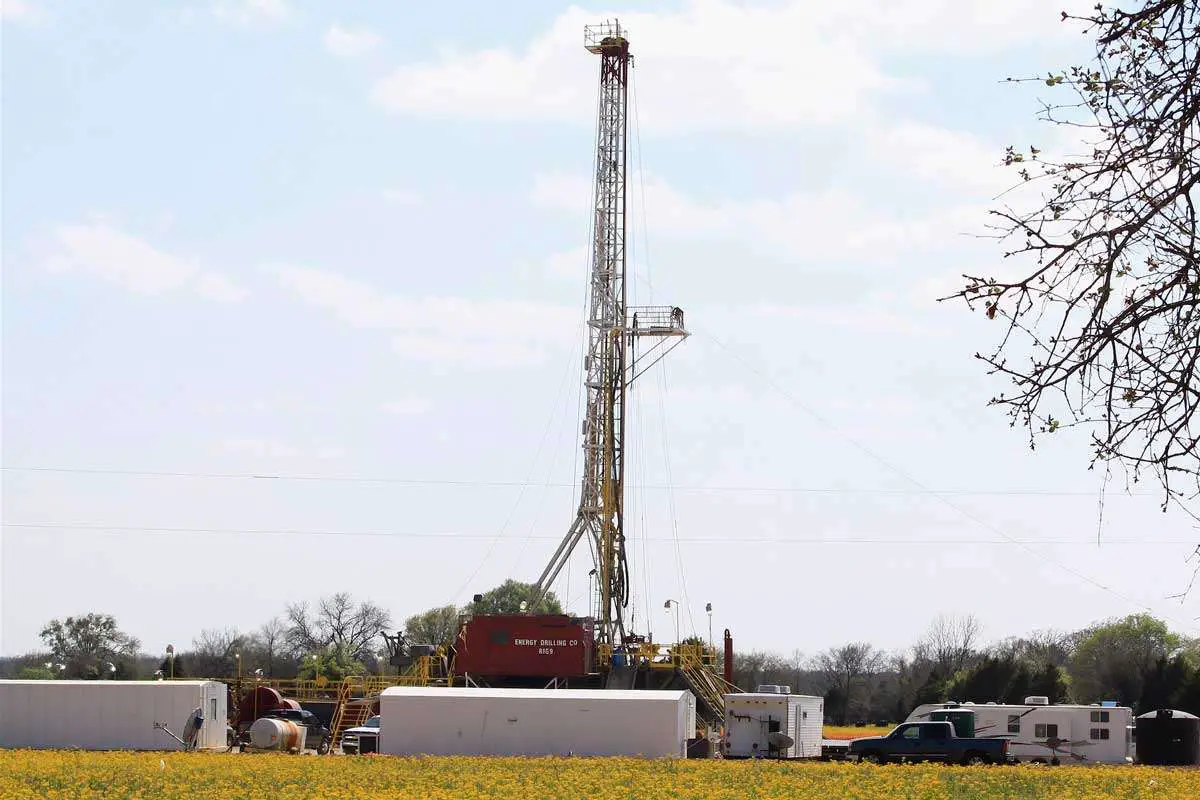
After the drilling, fracking can now start!
Most important step: Hydraulic Fracking!
Even after drilling, the natural gas is not found openly. It is trapped in rocks that have holes inside them. Such rocks are found for long lengths underground.
Hence, to extract natural gas, we do the process of “Fracking “, also known as “ Hydraulic Fracturing “
Fluid is introduced into the drilled hole at a high pressure. This is very high pressure that breaks down the shale rock into much smaller peices.
As these rocks break down, trapped natural gases will escape. These gases dissolve in the fluid, which is brought back up.
We can easily separate Natural Gas from the fluid we get.
Some Thoughts on Fracking
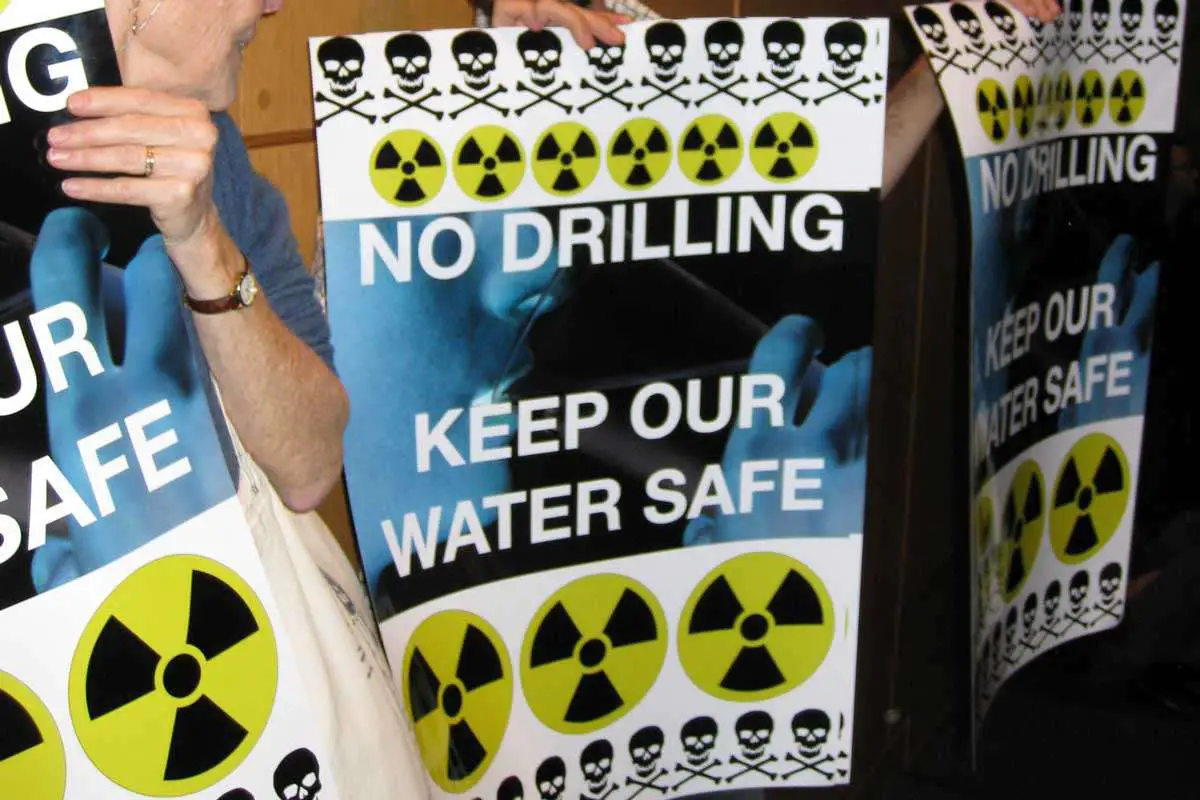
Fracking is constantly being used for the extraction of natural gas, But it does have its disadvantages.
Fracking / Fracturing requires a good water supply. The disposal of the fracking water needs to be done carefully as it is a potential toxin.
The fracking chemicals can make its way to the water lines going to households and contaminate their supply.
This fracking water can be detrimental to plants or crops if it finds its way to the water table.
Earthquakes and potential seismic activities may also occur due to fracking.
Conclusion
Natural gas seems to be the best thing for us right now.
But we need to be aware that like most fossil fuels and other non-renewable energy resources, it is only available to us in a finite amount.
Along with the finite amount of natural gas, we need to be cautious of the potential damage its extraction can cause.
This is why we need to start finding alternatives to natural gas.
This is important because we don’t want to be as dependent as we are on one limited resource (like natural gas) to provide and meet all of our energy requirements.
Our scientists work day and night to make sure we are able to comfortably shift to renewable sources of energy in future.
